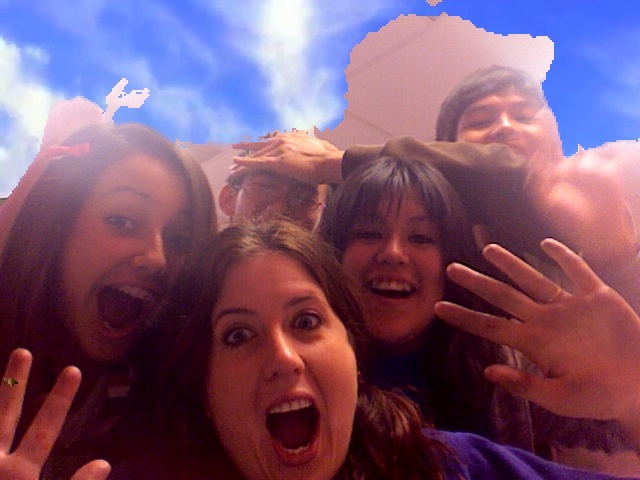Ribble, M (2009, January). Passport to Digital Citizenship. Learning and Leading with Technology, Retrieved 2/2/09, from http://www.iste.org/Content/NavigationMenu/Publications/LL/LLIssues/Volume3620082009/DecemberJanuaryNo4/36414r.pdf
This article focuses on the fact that technology is more and more in everyone’s everyday life, and there is no escaping it. With all this technology around us the question in the classroom then becomes, are we using it correctly and are we accurately teaching our students how to use the technology. The article outlines nine elements of digital citizenship, which outline how to use technology appropriately and responsibly. It also then gives a 4-step learning framework to gain this digital citizenship.
1.
Q: I like to teach with a whiteboard, do I really need to implement the technology the way this article outlines?
A: The article is clearly saying what inevitable, technology is not going anywhere and the sooner we all get on board the better. As technology is coming into the lives of the children we are working with, it is our job as educators to make sure they are responsible technology users. The steps and elements outlined in the article will help because when I finally want to incorporate technology in my classroom I can be sure my students will know how to use the technology correctly.
2.
Q: What is going to be my first step in implementing technology in my classroom?
A: The first step outlined in the article for the teaching framework is awareness, and this is where I would begin. Awareness is not only teaching the basics of the technology you are using, but also how to and not to use the technology. I would first start with a discussion on what is the appropriate way of using the technology before going into what we would be doing.
Monday, February 2, 2009
Subscribe to:
Post Comments (Atom)



No comments:
Post a Comment